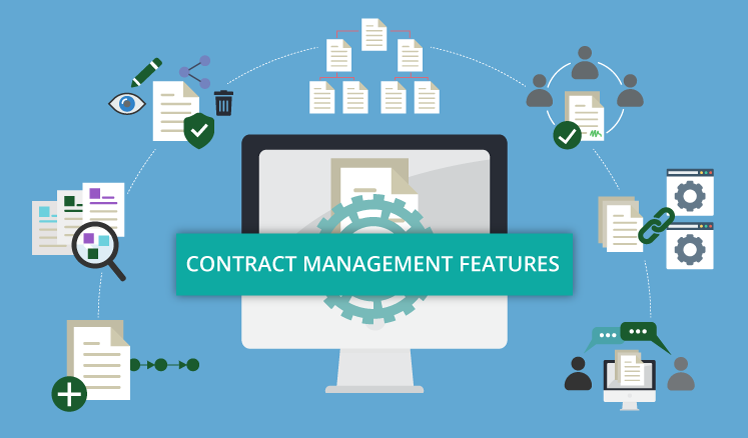To maintain a successful business, companies often incorporate the benefits of new and emerging technologies into their core products. Unfortunately, legacy application modernization can sometimes degrade system functionality and adversely affect product time to market. The time it takes for a system development team to master a new technology can limit the amount of new functionality added to a product. Learn about the most common problems associated with introducing new technologies into existing products and see what you can do to work around these problems and successfully update your products.
Retrofitting any product to take advantage of the latest technology can be a challenge, but Web applications are the most insidious in this regard. The user base of a Web application is not only dynamically changing, but also distributed across the globe. This means that the application must be extremely affordable, reliable, and scalable.
Researching common problems
In previous scenarios, common mistakes were made that could have been easily avoided. The following sections analyze some of the issues that often arise through the fault of developers, managers and project managers when introducing new technologies into existing products.
Underestimating the amount of time needed
When product development has to take a new path, many aspects of development often go unnoticed, leading to miscalculations of the scope of work. Whenever new features are added to a product, you must properly assess the effort involved.
When assessing the costs of introducing a new technology, it is necessary to conduct a pilot experiment. You should carefully examine the results of the experiment before providing any cost calculations. Don’t forget to include the time spent learning new technology in your costs. If newcomers to the technology are involved in development, consider additional time in the development cycle.
Underestimating the required qualifications
Often, project managers do not take into account the time it takes for developers to reach the required skill level. This is another major reason for disruption to work schedules.
Whenever a product is updated to take advantage of new technologies, the skill level of the staff must also be updated. You should always keep this in mind when doing estimate calculations.
Skipping important requirements
Often, management does not take into account the requirements for:
- upgradability;
- cost-effectiveness;
- reliability;
- economy.
Managers may feel that these features will be included in the next version. This is almost always a fatal error, as new versions that do not meet these minimum requirements can cause discomfort for both existing users and new ones. Once the distribution of a product begins, it is very difficult to bring it back.
Guaranteed to provide important properties
You must be able to provide certain properties in the product under all circumstances. Concentrating on these requirements will ensure that the product is usable at all times.
Profitability
Efficiency has two aspects. First, the company must make legacy modernization be to update the product without going over budget. Second, the product must be affordable to users. If even one of these aspects is not met, the product is doomed to fail.
You should also track the total cost of ownership of the product to ensure that the product is affordable despite the introduction of new technology. Consider the specifics of your customers, their investment opportunities and return on investment (ROI).








Add Comment